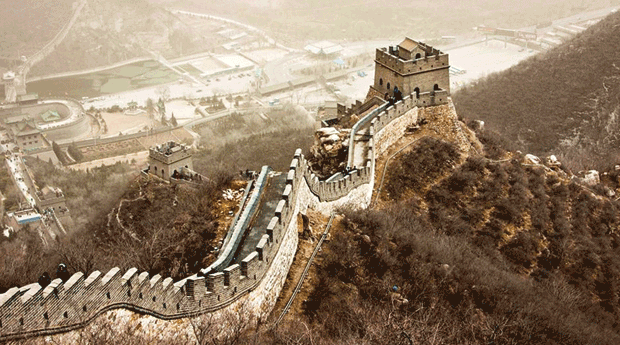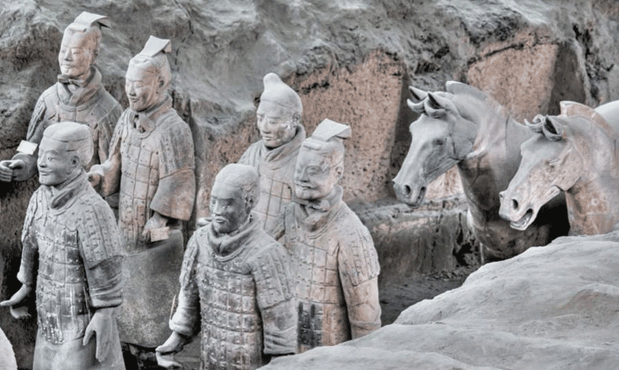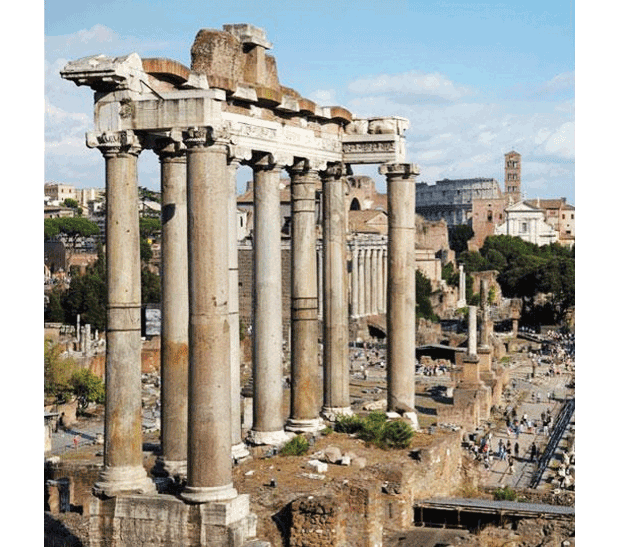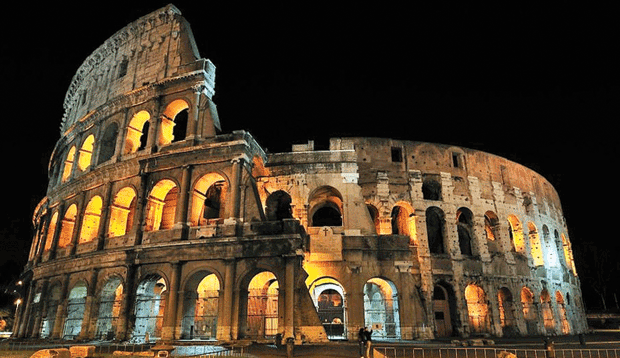|
Believe it or not, ancient ruins are very popular
among tourists. They are one of the few ways modern man can come into
contact with the wonders of ancient technology and art and travel back
to times long past. Here a look at the worlds most famous ancient ruins:
|
|
Great Wall, Badaling, China
With a name so simple, yet so powerful, the Great Wall stretches for
5,500 miles across China. Its most beautiful section is also easily
accessible — within 70 miles of Beijing. While much of what is visible
today was built during the Ming Dynasty (1368 to 1644), construction
began on various sections as far back as 770 BC. Annual visitors: 9 to
10 million.
|
|
 |
|
Terracotta Army, Xi’an, China
Discovered in 1974, these 700 life-size terracotta generals,
infantrymen, archers and chariot drivers are each unique, with distinct
facial features, hairstyles and clothing. The clay statues were arranged
in rows in covered pits as part of a necropolis for Emperor Qin Shi
Huang. More are believed to still be buried, but work on removing and
restoring the soldiers has been halted until a way can to found to keep
their bright paint from fading in the air. Annual visitors: 3.6 to 4.5
million.
|
|

|
|
Pyramids of Giza, Egypt
As one of the original Seven Wonders of the World and certainly the
symbol of Egypt, the Pyramids have been venerated for 4,500 years. But
how the ancient Egyptians built them is unknown, which adds to their
intriguing appeal. The three major tombs for pharaohs that rest at this
Unesco World Heritage Site are now surrounded on three sides by the
pressures of Cairo, a city teeming with nearly 11 million people. Annual
visitors: four million.
|
|

|
|
Roman Forum, Rome
The social centre of Rome for 1,200 years beginning in the 5th Century
BC, this 700-yard-long piazza has been both a marketplace and a
government centre. The ruins of sacred temples’ columns and friezes
(whether dedicated to Saturn, the god of agriculture, or to the emperors
Vespasian and Titus) hint at the Forum’s level of grandeur two millennia
ago. Annual visitors: 5.1 million.
|
|

|
|
Colosseum, Rome
When completed in 80 AD, the arena held 50,000 spectators who watched
mythical dramas, re-enactments of land and sea battles, executions,
fights-to-the-death and the ghastly slaughter of wild animals. The
underground pits where gladiators awaited their fates were opened to
visitors in 2010, along with the 110ft-high upper ring of seats, which
offer panoramic views of the Eternal City. Annual visitors: 6.9 million.
|
|
 |